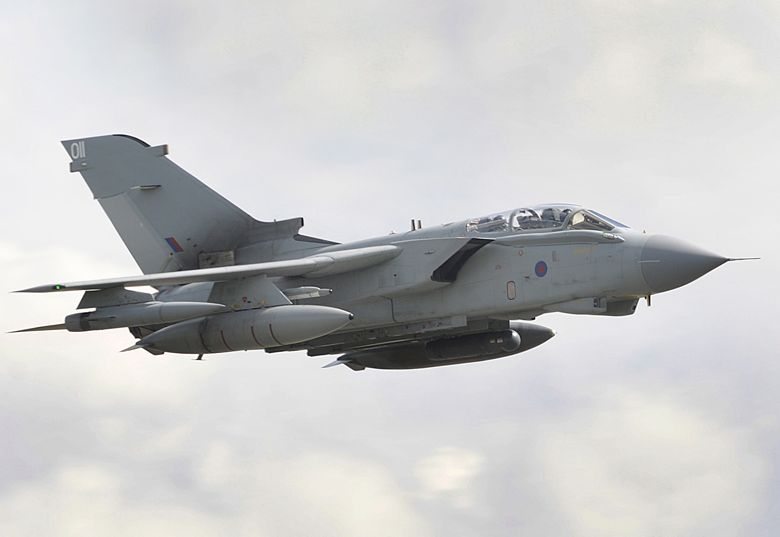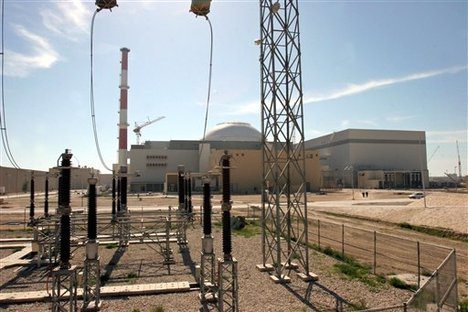The RAF is the first of the three Armed Services to release the details of their redundancy programs. The Army and the Royal Navy are expected to release similar details at the beginning of April 2011.
In October 2010, following the Strategic Defence and Security Review (SDSR), the MOD announced that it would be reducing the number of military personnel by 17,000 across all three Services: 7,000 from the Army, 5,000 from the Royal Navy and 5,000 from the RAF.
While some of these reductions will be achieved through a decrease in recruiting and not replacing those who leave, there will still need to be around 11,000 redundancies.
Each Service will run a number of redundancy tranches over the next four years with reductions planned to be fully achieved by April 2015.
Today, the RAF published a comprehensive document for their personnel for the first tranche, detailing the branches and trades from which they are seeking to make redundancies. Although this is a compulsory program, volunteers will be sought.
However, it is essential that the Services are able to select non-volunteers and reject less suitable volunteers to ensure they have the right number of people, with the right skills, in the right jobs.
RAF, Royal Navy and Army personnel will be informed through their chain of command if they are to be made redundant in this first tranche in September 2011.
Volunteers will then serve six months’ notice before leaving the Armed Forces, while non-volunteers will serve 12 months’ notice.
All non-volunteers for redundancy will have the opportunity to apply for a transfer to an area of any Service that has shortages. These shortage categories will be published ahead of the redundancy announcements in September 2011, along with the application process and selection criteria. Given that we are reducing the size of our Armed Forces these opportunities will, of course, be limited.
Secretary of State for Defence, Dr Liam Fox, said:
“We need to restructure our forces to ensure that they are sufficiently flexible and adaptable to meet the demands of an uncertain future.
“The decisions we are making are not easy but they will help to defend the UK, protect our interests overseas, and enable us to work effectively with allies and partners to deliver greater security and stability in the wider world.
“We would prefer not to have to make these reductions, but the Government conducted the SDSR against the background of a dire fiscal situation in the economy and a £38bn black hole in the Defence Budget which requires difficult decisions.
“Going forward, the RAF will have a modern fleet of multi-role Typhoon and Joint Strike Fighter aircraft, and a new fleet of transport and air refueling tankers alongside the new A400M tactical transport aircraft.
“These reductions in manpower requirements result from changes to force structures and reform in the way in which we do business, there will be no effect on current operations.
“Our Armed Forces and their families give much in their service to our country and we must ensure that all those leaving our Armed Forces are treated with respect. All three Services will handle the significant reductions which lie ahead with sensitivity and care.”
The UK is committed to the ISAF mission in Afghanistan and changes made in response to the SDSR will have no impact on current operations.
No-one who is preparing for operations or deployed on operations will be made redundant unless they have volunteered. Only those who have returned from operations and have taken all their operational leave will be considered.
Personnel being made redundant will, as with all other Service leavers, receive help from the MOD to assist them in their transition back into civilian life. This includes a range of advice covering housing and finance as well as helping them to understand the civilian jobs market and how transferable their military skills are.
The MOD will ensure that personnel are fully prepared and supported for their transition, with thanks for the service they have given to our country.










